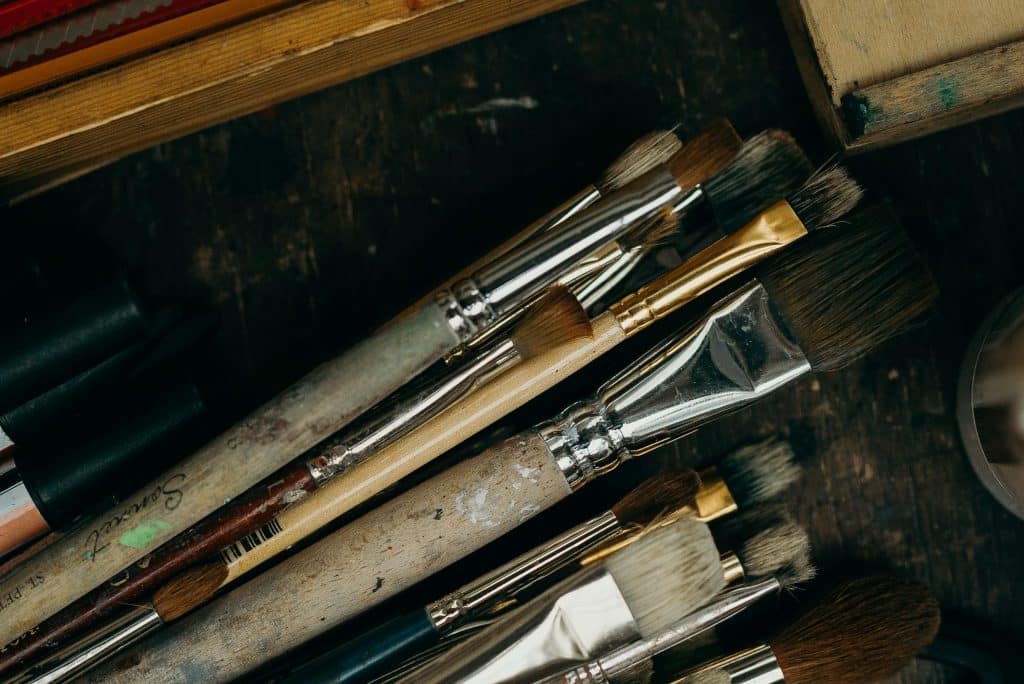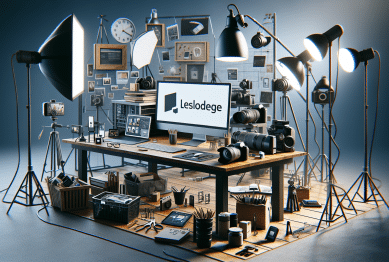In an increasingly digital world, the art of drafting by hand might seem outdated. However, recent trends in education, design, and creative fields highlight a growing appreciation for why drafting by hand makes a difference in thinking, learning, and productivity. While digital tools offer speed and convenience, many professionals and researchers are rediscovering the unique cognitive, creative, and emotional benefits that come from putting pen to paper.
This article explores the reasons behind the resurgence of manual drafting, its impact on the brain, and practical ways to integrate hand drafting into modern workflows.

The Cognitive Benefits of Drafting by Hand
Enhanced Memory Retention and Understanding
Research consistently shows that writing or drawing by hand improves comprehension and memory retention compared to typing. A study published in Psychological Science found that students who took notes by hand processed information more deeply, leading to better understanding and recall.
The act of drafting engages complex motor skills and forces the brain to slow down and synthesize information. This creates stronger neural connections compared to the rapid input of typing, where transcription can become mindless.
Supports Creative Thinking and Problem-Solving
Drafting by hand encourages open-ended thinking. The tactile experience allows for free-form sketching, quick annotations, and visual brainstorming that digital interfaces often restrict due to their structured formats.
A report by Harvard Business Review emphasizes that manual sketching stimulates different parts of the brain linked to imagination and innovation. The physicality of hand movements supports the generation of novel ideas and solutions.
Why Drafting by Hand Makes a Difference in Education and Professional Practice
Students Benefit from Slower, More Intentional Learning
Many educators have noticed improved student engagement when assignments involve hand-drawing or handwritten drafts. The slower pace helps learners internalize concepts better and reduces digital distractions.
For example, architecture students report deeper spatial understanding when drafting initial designs by hand before moving to digital modeling.
Designers and Creatives Reclaim Control Over Their Process
In professional design environments, many creatives use hand drafting as a primary step for ideation. The flexibility to rapidly sketch multiple versions, annotate thoughts, and iterate freely allows for more fluid development.
Digital platforms may limit spontaneous alterations or introduce interface friction, reducing creative flow. The International Journal of Design highlights that hybrid workflows combining hand and digital methods yield higher satisfaction and better results.
The Neuroscience Behind Manual Drafting
Fine Motor Skills and Brain Activation
Drafting by hand activates regions in the brain responsible for fine motor control, sensory feedback, and spatial processing. Neuroscientific studies reveal increased activity in the parietal lobe and motor cortex during manual sketching compared to typing.
This neural engagement supports learning by integrating sensory and cognitive processes, which can enhance focus and reduce mental fatigue.
Reducing Cognitive Overload
Writing or sketching manually limits the amount of information processed at once, which can prevent cognitive overload—a common issue when multitasking digitally.
By working through ideas physically on paper, the brain manages smaller chunks of information sequentially, supporting clearer thinking and better problem-solving.
How to Incorporate Drafting by Hand Into Your Workflow
To leverage why drafting by hand makes a difference, consider the following practical tips:
1. Begin Projects with Hand Sketches or Notes
Start your projects by sketching ideas or writing outlines on paper. This approach helps clarify your thinking before translating concepts into digital form.
2. Use Simple Tools
You don’t need elaborate materials. A notebook and pen or pencil are sufficient to capture ideas flexibly.
3. Combine Analog and Digital Methods
After initial hand drafting, digitize your work for refinement or sharing. Tools like tablets with styluses can bridge the gap, allowing you to retain the benefits of manual input with digital convenience.
4. Schedule Regular Analog Breaks
Set aside time to disconnect from screens and draft by hand. This can refresh your mind, encourage creative thinking, and reduce digital fatigue.
Overcoming Challenges of Hand Drafting in a Digital Age
While the benefits are clear, some challenges exist:
- Perceived Slowness: Hand drafting can feel slower, but slowing down often improves quality and insight.
- Collaboration Difficulties: Sharing hand-drawn work requires scanning or photographing, but digital tools are improving this process.
- Digital Reliance: Balancing digital efficiency with analog creativity needs deliberate practice.
Recognizing these challenges helps you create a balanced approach that values the strengths of both methods.
Emerging Trends Supporting Hand Drafting
Return to Analog in Education and Workplaces
Post-pandemic shifts have increased interest in mindful work habits. Schools and companies encourage analog activities to foster attention and well-being. For example, some universities now require sketchbook submissions for design and engineering courses to promote manual skills.
Hybrid Devices and Software
Technology firms invest in stylus-based devices and apps that simulate the feel of drafting by hand. These tools aim to preserve the tactile experience while providing digital advantages such as easy editing and sharing.
Research on Cognitive Benefits Gains Popularity
Increasingly, scientific studies emphasize why drafting by hand makes a difference in learning and innovation. This growing evidence base influences educators, designers, and knowledge workers to rethink their relationship with pen and paper.
Conclusion
Why drafting by hand makes a difference goes beyond nostalgia. It reflects a deeper understanding of how human cognition, creativity, and learning operate. By engaging fine motor skills, encouraging slower, reflective thinking, and supporting creative freedom, manual drafting offers unique benefits that digital tools alone cannot match.
Incorporating hand drafting into modern workflows—whether for students, designers, or professionals—enhances focus, memory, and innovation. As hybrid approaches and new technologies evolve, the value of drafting by hand is poised to remain relevant and impactful.
References
- Mueller, P. A., & Oppenheimer, D. M. (2014). The Pen Is Mightier Than the Keyboard: Advantages of Longhand Over Laptop Note Taking. Psychological Science. https://journals.sagepub.com/doi/10.1177/0956797614524581
- Harvard Business Review. (2021). Why We Should Draw Our Thoughts. https://hbr.org/2021/09/why-we-should-draw-our-thoughts
- Journal of Architectural Education. (2020). Hand Drafting and Digital Modeling: A Comparative Study. https://www.tandfonline.com/doi/full/10.1080/10464883.2020.1727583
- International Journal of Design. (2022). Hybrid Workflows in Design: Balancing Hand and Digital Tools. http://www.ijdesign.org/index.php/IJDesign/article/view/2804
- Longcamp, M., et al. (2008). Learning through Handwriting Activates Brain Regions Related to Reading and Writing. NeuroImage. https://pubmed.ncbi.nlm.nih.gov/18228318/









